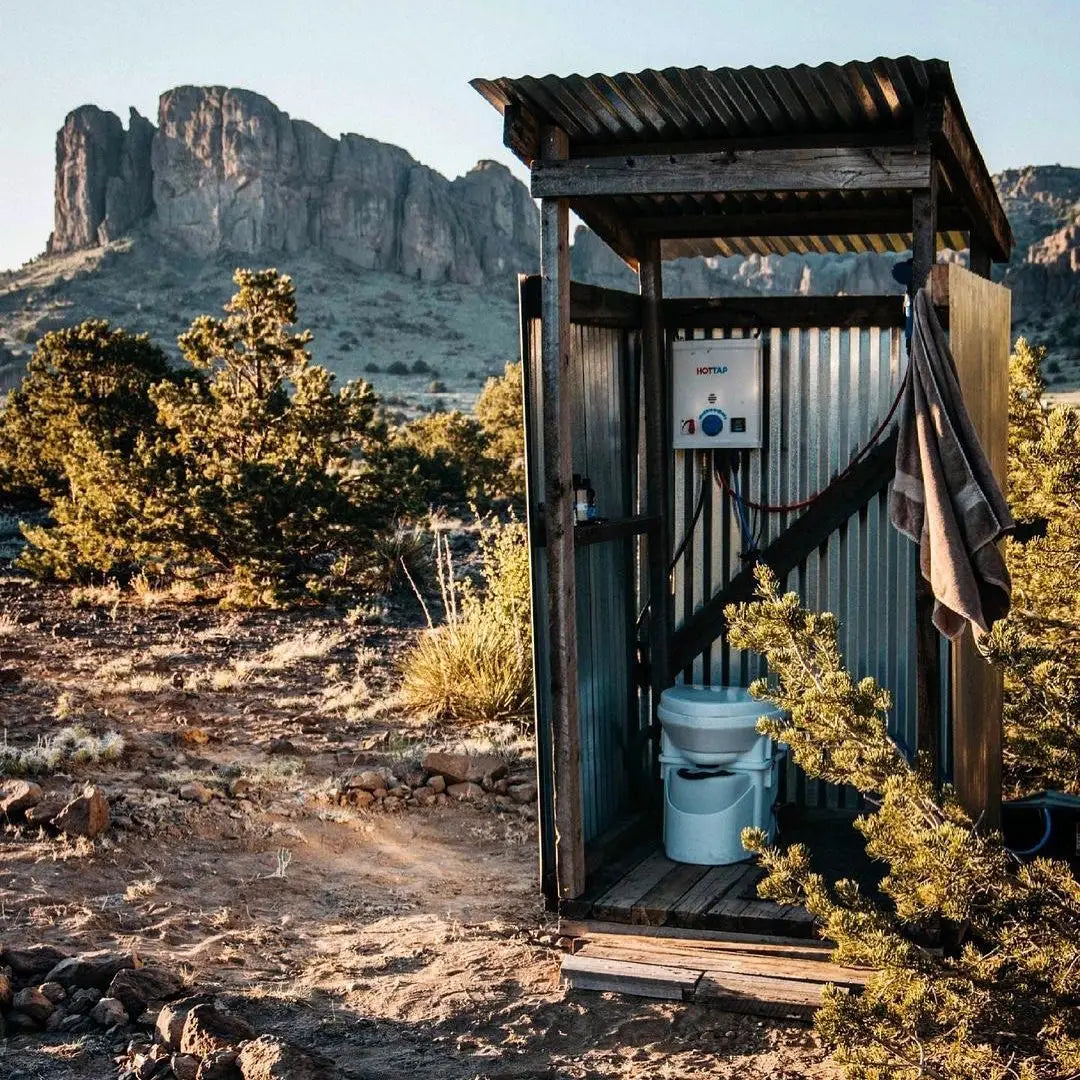
The Rise of Off-Grid and Self-Sustaining Households in the UK
Share
In recent years, there has been a noticeable rise in the number of households in the United Kingdom opting to go off-grid or become fully self-sustaining. While this trend may seem like a reactionary movement against modern life, it is rooted in a combination of factors that reflect broader societal changes. These factors include environmental concerns, economic considerations, technological advances, and a growing desire for personal independence. Let’s explore the key reasons behind the rise in off-grid living in the UK.
1. Environmental Awareness and Climate Change Concerns
One of the most significant driving forces behind the move toward off-grid living is the increasing awareness of environmental issues, especially climate change. As the impacts of global warming become more apparent, many people in the UK are looking for ways to reduce their carbon footprint. Off-grid living, which often involves using renewable energy sources like solar panels, wind turbines, or hydro-power, is seen as a way to minimise reliance on fossil fuels and reduce greenhouse gas emissions.
Additionally, many individuals are becoming more conscious of waste, leading them to adopt sustainable practices such as composting, rainwater harvesting, and growing their own food. By living off-grid, households can significantly cut down on their energy consumption and environmental impact, aligning with the global push towards sustainability.
2. Economic Factors and the Cost of Living Crisis
The economic pressures faced by many UK households, including rising energy prices, inflation, and the overall cost of living crisis, have contributed to the desire for self-sufficiency. Over the past decade, energy bills have steadily increased, and the recent spike in energy costs has left many people searching for more affordable alternatives.
Off-grid living, while requiring an initial investment in equipment like solar panels, battery storage, or wind turbines, can result in substantial long-term savings. Once the setup is complete, households can significantly reduce or even eliminate their reliance on the national grid, making them less vulnerable to fluctuating energy prices.
In addition, growing interest in homesteading and small-scale farming allows families to produce their own food, further cutting costs and ensuring a more secure and sustainable way of life. With inflation pushing up food prices, self-sufficiency offers a viable solution for those looking to mitigate financial strain.
3. Technological Advances and Accessibility
Technological advancements in renewable energy and sustainable living have made going off-grid more feasible and affordable than ever before. The cost of solar panels and other renewable energy technologies has dropped dramatically over the past decade, making it easier for households to invest in clean energy sources. Battery storage systems, which allow households to store excess energy generated by solar panels, have also become more efficient and cost-effective.
Additionally, innovations in energy-efficient appliances, smart home technology, and water management systems have made it simpler to live off-grid while maintaining a high standard of living. Modern technologies not only make it easier to reduce energy consumption but also improve the overall quality of life for those choosing to live off the grid.
4. Desire for Independence and Freedom
Another factor behind the rise of off-grid living is a growing desire for personal independence and freedom. Many individuals are attracted to the idea of being self-sufficient and no longer relying on the traditional systems that govern daily life. This desire is often fueled by dissatisfaction with the political and economic landscape, as well as a yearning for a simpler, more autonomous lifestyle.
For some, going off-grid represents an escape from the pressures of modern society, allowing them to take control of their own energy production, food supply, and waste management. With more people working remotely and seeking alternative ways of living, the allure of a self-sustaining lifestyle has never been stronger.
5. Government Incentives and Support
The UK government has recognised the growing trend toward off-grid living and has introduced various incentives to support those looking to adopt sustainable lifestyles. Grants and subsidies for renewable energy installations, such as the Feed-in Tariff (FiT) and the Renewable Heat Incentive (RHI), have encouraged households to invest in solar panels, wind turbines, and other green technologies.
In addition, policies aimed at promoting sustainability, such as net-zero carbon targets, have created an environment that supports off-grid living. While there may be challenges related to land ownership, building regulations, and zoning laws, the government's commitment to a greener future has undoubtedly facilitated the transition to self-sufficiency for many households.
6. The COVID-19 Pandemic and a Shift in Priorities
The COVID-19 pandemic has played a pivotal role in reshaping societal priorities. With lockdowns and remote work becoming the norm for many, people spent more time at home and reevaluated their living situations. For some, this shift led to a desire for more space, privacy, and self-sufficiency.
The pandemic also heightened concerns about food security, supply chain disruptions, and the vulnerability of the global economy. As a result, many individuals began exploring ways to reduce their dependence on external systems, such as growing their own food, installing home energy systems, and adopting off-grid technologies.
7. Rural and Remote Living Opportunities
The UK's countryside and remote areas have become increasingly attractive for those considering a move toward off-grid living. With more people able to work remotely, city living is no longer the only option for career success. Rural properties offer more space for self-sustaining practices like farming, gardening, and animal husbandry.
Living in these areas often means that residents are less dependent on the national infrastructure and have more freedom to design their homes and lifestyles according to their values. The appeal of rural living, coupled with the ability to live off the grid, offers an attractive alternative to congested city centres.
Conclusion
The rise in off-grid and self-sustaining households in the United Kingdom is a reflection of broader global trends, including increasing environmental consciousness, economic pressures, advances in technology, and a growing desire for personal freedom. As people continue to seek ways to reduce their carbon footprints, save money, and gain independence, off-grid living is becoming an increasingly viable and desirable option. Whether driven by sustainability concerns, financial necessity, or the pursuit of a more autonomous lifestyle, this trend is likely to continue in the years to come, shaping the future of living in the UK.
